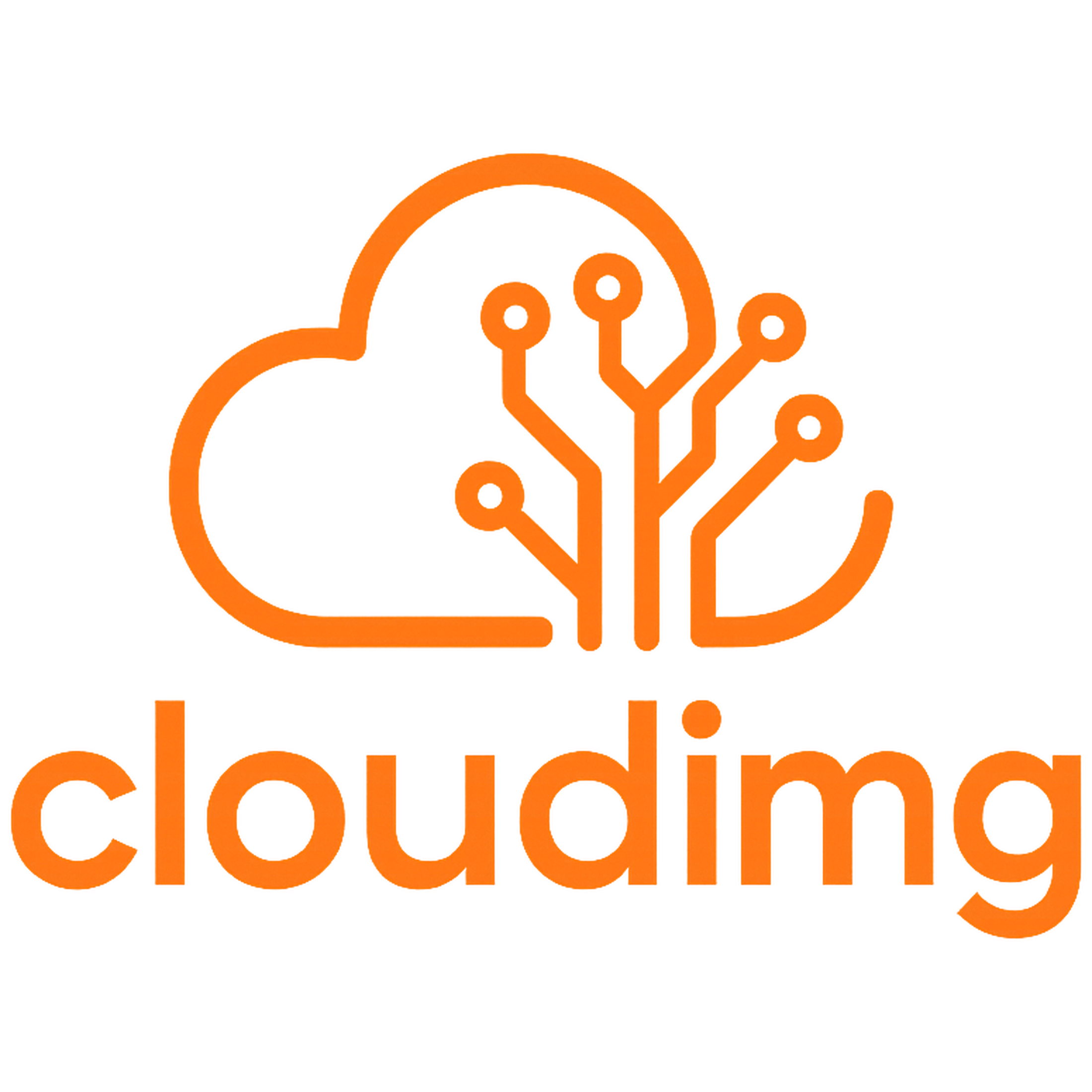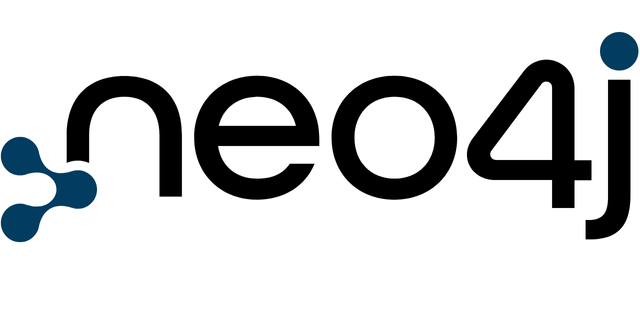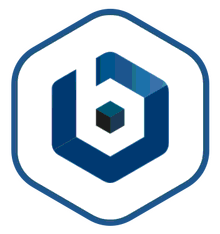
Overview

Why Choose cloudimg AMIs?
This is a repackaged open source software product wherein additional charges apply for cloudimg support services.
Overview Neo4j is a native graph database management system implemented in Java, providing ACID-compliant transactional capabilities with native graph storage and processing. This AMI delivers Neo4j pre-configured on Windows Server, enabling developers and data analysts to model, store, and query highly connected data using the intuitive Cypher query language.
Graph Data Model Nodes. Relationships. Properties. Labels. Attributes. Edges. Bidirectional traversal. Multi-relational. Property values. Schema-optional.
Cypher Query Language Declarative syntax. Pattern matching. ASCII art syntax. Graph traversal. Relationship queries. Path finding. Aggregation. Filtering.
ACID Transactions Atomicity. Consistency. Isolation. Durability. Transaction management. Rollback support. Data integrity. Concurrent access.
Native Graph Storage Index-free adjacency. Direct pointer navigation. Constant-time traversals. Graph-optimized. No JOIN operations. Relationship-first design. Performance advantages.
Property Graph Node properties. Relationship properties. Key-value pairs. Dynamic typing. Flexible schema. Multiple labels. Type system. Property indexing.
Pattern Matching Graph patterns. Path queries. Variable-length paths. Shortest path. All paths. Relationship types. Direction matching. Complex patterns.
Indexing Node indexes. Property indexes. Composite indexes. Full-text search. Spatial indexes. Schema indexes. Unique constraints. Existence constraints.
Schema Management Optional schema. Label constraints. Property constraints. Relationship constraints. Index creation. Constraint enforcement. Schema evolution.
Query Optimization Query planner. Cost-based optimization. Query hints. Execution plans. Profile queries. Performance tuning. Statistics. Cache management.
Graph Algorithms Pathfinding. Centrality measures. Community detection. Similarity algorithms. Graph analytics. PageRank. Connected components. Shortest paths.
Data Import CSV import. Bulk loading. LOAD CSV. ETL tools. Data migration. Batch processing. Transaction batching. Import optimization.
Bolt Protocol Binary protocol. Efficient communication. Stateful connections. Pipelining. Type system. Streaming results. Client drivers. Network protocol.
HTTP API REST endpoints. JSON responses. Transaction endpoints. Cypher execution. Data access. Status monitoring. Authentication. HTTPS support.
Java Implementation JVM-based. Java API. Embedded mode. Server mode. Core API. Traversal framework. Java integration. Memory management.
Security Authentication. Authorization. Role-based access. User management. Encryption support. SSL/TLS. Fine-grained permissions. Audit logging.
Monitoring Query logging. Performance metrics. System health. Resource monitoring. JMX integration. Query profiling. Slow query detection. Diagnostics.
Backup and Recovery Database backups. Point-in-time recovery. Incremental backups. Backup verification. Restore procedures. Data consistency. Disaster recovery.
Configuration Memory settings. Cache configuration. Transaction settings. Network configuration. Performance tuning. JVM options. Resource allocation. System parameters.
Visualization Graph visualization. Browser interface. Node exploration. Relationship display. Query results. Graph layout. Interactive exploration. Data discovery.
Use Cases Social networks. Recommendation engines. Fraud detection. Knowledge graphs. Network analysis. Identity management. Supply chain. Master data management.
Performance Fast traversals. Real-time queries. Low latency. High throughput. Scalable reads. Efficient writes. Memory optimization. Query caching.
Windows Integration Windows Server 2016, 2019. Native application. Windows service. File system. Registry. PowerShell. Windows auth. RDP port 3389.
cloudimg Support 24/7 support. Neo4j configuration. Cypher optimization. Performance tuning. Backup strategy. Monitoring setup. Best practices. Data modeling.
FAQ
Q: What is Neo4j? A: Native graph database with ACID transactions.
Q: Query language? A: Cypher declarative query language.
Q: Data model? A: Property graph with nodes and relationships.
Q: ACID compliant? A: Yes, full ACID transaction support.
Q: Programming language? A: Implemented in Java, runs on JVM.
Q: Graph algorithms? A: Built-in pathfinding, centrality, and analytics.
Q: API access? A: Bolt protocol and HTTP REST endpoints.
Q: Windows support? A: Yes, Windows Server 2016 and 2019.
All product and company names are trademarks or registered trademarks of their respective holders. Use of them does not imply any affiliation with or endorsement by them.
Highlights
- 24/7 Technical Support - Expert assistance via phone, email, and chat with rapid response SLAs
- Neo4j Graph Database - Native graph storage, ACID transactions, Cypher query language, property graph model, nodes/relationships/properties, graph analytics, pattern matching, indexing, schema management, real-time queries
- Production-Ready Windows Platform - Pre-configured on Windows Server 2016 and 2019, optimized for graph data workloads, immediate deployment
Details
Introducing multi-product solutions
You can now purchase comprehensive solutions tailored to use cases and industries.

Features and programs
Financing for AWS Marketplace purchases

Pricing
Free trial
- ...
Dimension | Description | Cost/hour |
|---|---|---|
m5.large Recommended | m5.large | $0.10 |
t3.micro | t3.micro instance type | $0.06 |
t2.micro | t2.micro instance type | $0.06 |
r7a.xlarge | r7a.xlarge instance type | $0.15 |
c7i.metal-24xl | c7i.metal-24xl instance type | $0.28 |
r5d.16xlarge | r5d.16xlarge instance type | $0.28 |
m5zn.xlarge | m5zn.xlarge instance type | $0.15 |
m5.8xlarge | m5.8xlarge instance type | $0.28 |
c5n.xlarge | c5n.xlarge instance type | $0.15 |
c6a.2xlarge | c6a.2xlarge instance type | $0.28 |
Vendor refund policy
Refunds available on request.
How can we make this page better?

Legal
Vendor terms and conditions
Content disclaimer
Delivery details
64-bit (x86) Amazon Machine Image (AMI)
Amazon Machine Image (AMI)
An AMI is a virtual image that provides the information required to launch an instance. Amazon EC2 (Elastic Compute Cloud) instances are virtual servers on which you can run your applications and workloads, offering varying combinations of CPU, memory, storage, and networking resources. You can launch as many instances from as many different AMIs as you need.
Version release notes
Multiple Operating System Versions and Flavors Available: Choose from a wide range of popular Linux distributions and Windows Server options, ensuring compatibility and flexibility for your deployment needs.
Additional details
Usage instructions
Once the instance is launched in the Amazon EC2 service, connect to it via an RDP client using the Administrator user. Ensure the EC2 instance passes the 2/2 status checks before connecting to allow the system sufficient time to complete the boot process. To obtain the randomly generated password for the Administrator user upon boot, log in to the AWS Console, navigate to the target AWS account, and select the region chosen to host the newly launched cloudimg AMI.
Please download the latest User Guide available below or in the Additional Resources section of this listing.
Resources
Vendor resources
Support
Vendor support
24/7x365 Support available - support@cloudimg.co.uk . Enjoyed our software on AWS Marketplace? Share your experience with the community! Your input matters to us, whether it is praise or suggestions. We value your honest review. You will find the review section waiting for you at the bottom of this page or just above if you are subscribing via the AMI Catalog found in the AWS Console.
AWS infrastructure support
AWS Support is a one-on-one, fast-response support channel that is staffed 24x7x365 with experienced and technical support engineers. The service helps customers of all sizes and technical abilities to successfully utilize the products and features provided by Amazon Web Services.
Similar products




